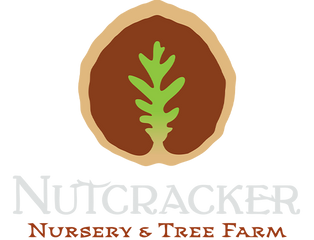Grafted Persimmon Tree PRAIRIE SUN
Shipping calculated at checkout
27 in stock
Need more? Contact us
AVAILABLE ONLY IN SPRING 2026
🔸 Identification & origin
- Name: Prairie Sun™ (often found as “Prairie Sun American Persimmon”)
- Botanical name of the species: Diospyros virginiana (American persimmon)
- Selection: cultivar “Claypool A-33 cv.”
- Origin: selection work by Jim Claypool, specializing in American persimmons.
- Improved variety: intended to be hardier and more suited to colder climates.
🌳 Tree characteristics
- Size: without very severe pruning, the tree can reach about 4 m (≈12-15 feet) or more. With pruning, some growers grow it to about 10-12 feet (≈3-4 m) for an orchard or home garden.
- Exposure: Full sun preferred.
- Soil: Well-drained, tolerates a variety of conditions but prefers soil that does not accumulate standing water.
- Hardiness: often listed as up to “zone 4” (USDA) or forgotten as hardy to about -25°F (≈-32°C) for this selection.
- Pollination: the variety is often described as self-fertile (i.e., it can bear fruit on its own) but, like many fruit trees, a pollinator or another similar tree can improve the harvest.
🍑 The fruit
- Description: Beautiful yellow-orange to golden-orange fruit.
- Flavor: Sweet, firm, very good for fresh consumption.
- Special features: often described as “seedless” or with few seeds, which is an advantage.
- Harvest: according to some sources, this variety ripens at the end of the season (September) in colder climates.
✅ Advantages
- Very good option for colder climates, thanks to its improved hardiness.
- Relatively easy to maintain tree, with few pests or diseases.
- High-quality fruit, visually appealing, good taste, and with interesting characteristics (few seeds, attractive color).
- Can be planted in gardens or orchards, also suitable for home use.
⚠️ Limitations or points to watch out for
- Although self-fertile, cross-pollination or a male tree can improve yields in certain climates or conditions to obtain an optimal harvest.
- As with all persimmon trees, the ripening period can depend heavily on location, microclimate, and seasonality.
- Careful attention must be paid to location and soil (full sun + good drainage) to maximize tree health and fruit quality.
🌿 Growing tips (adapted for Quebec)
- Choose a location in full or almost full sun, where the tree receives at least 6-8 hours of sun per day.
- Avoid areas where water stagnates or soils are very heavy; if the soil is heavy, consider slightly raising the tree or adding a good soil amendment.
- Ideally, plant in spring or fall (depending on the local climate), preparing the planting hole well.
- Apply mulch around the tree (without touching the trunk) to help retain moisture and limit competition from weeds.
- Prune if necessary to control size, improve structure, and increase air circulation, especially in the early years.
- Monitor the first crop and harvest when the fruit is well colored and ripe according to the variety (check local sources for ripeness in your area).
- Protect from high winds or cold microclimates if possible (in more exposed areas).



